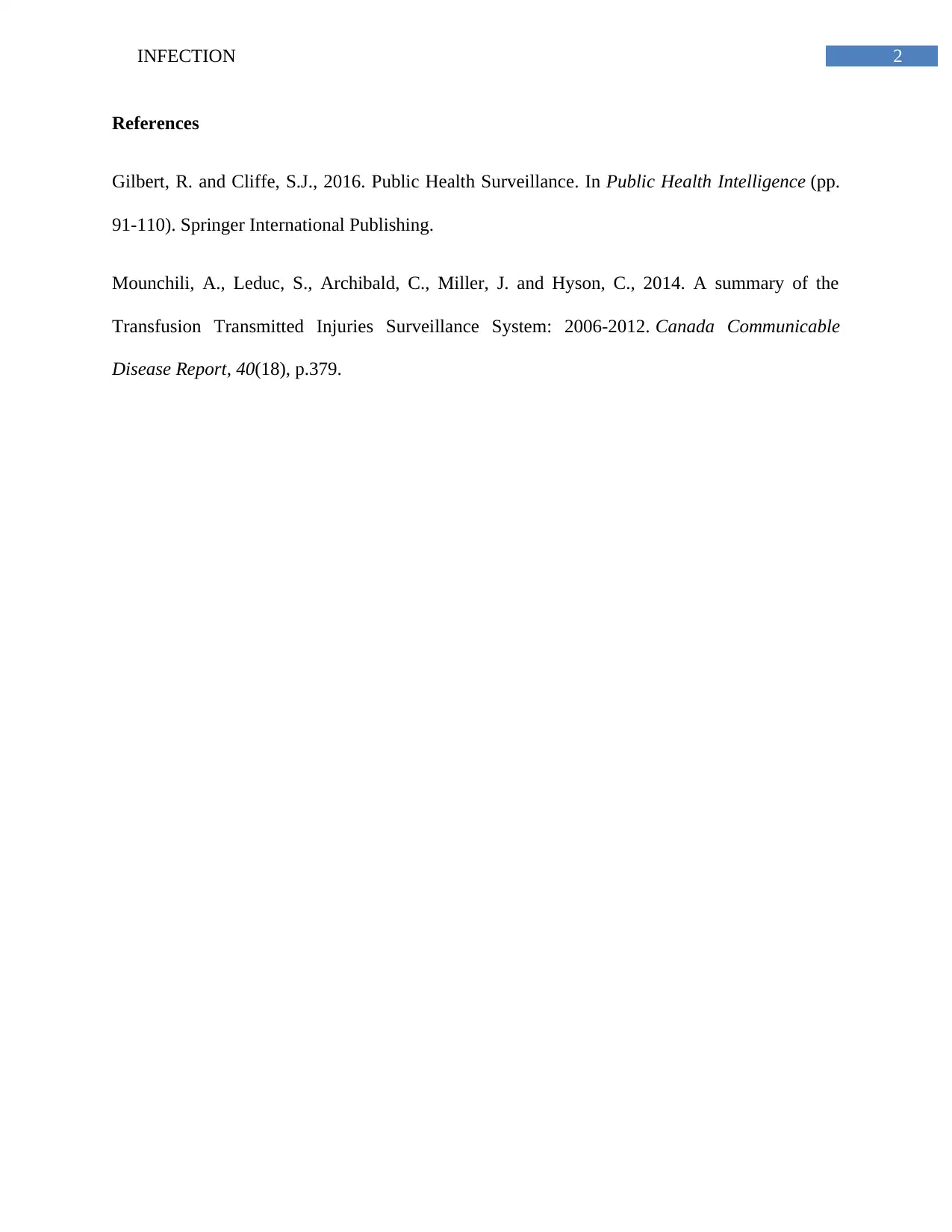Understanding Surveillance Systems in Infection Control
VerifiedAdded on 2020/04/13
|3
|415
|60
AI Summary
This assignment analyzes the importance of surveillance systems in epidemiology, focusing on their role in estimating population health status and guiding intervention needs. It distinguishes between active and passive surveillance systems, explaining why passive surveillance is often preferred despite challenges like poor disease understanding and disproportionate public alarm. The post utilizes examples such as Canada's Transfusion Transmitted Injuries Surveillance System (TTISS) to illustrate the effectiveness of passive surveillance in tracking adverse reactions.
Contribute Materials
Your contribution can guide someone’s learning journey. Share your
documents today.
1 out of 3
![[object Object]](/_next/static/media/star-bottom.7253800d.svg)








